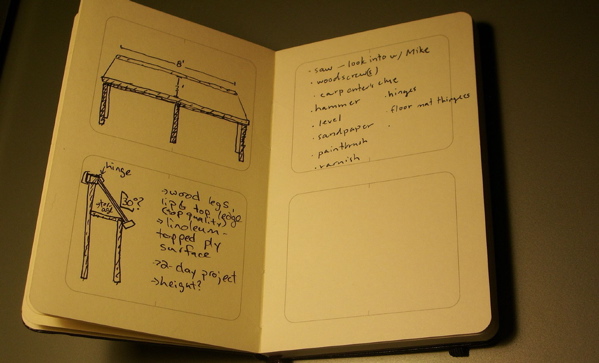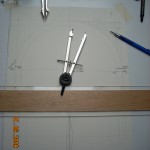You’ve hired a designer for your dream project. Congratulations: You’re halfway there.
Once you’ve narrowed down your choices, invite the designer to your space to discuss your project and ask them to bring a portfolio of previous work. Many designers will charge for this initial meeting, but I am of the mindset that this first visit should be complimentary.
Once you have chosen the designer, a contract should be drawn up by the designer detailing what you get and what you are expected to pay for it. The contract is meant to protect the interests of both parties and I would never start working with a client before they have signed a contract and provided a retainer as good faith.
The initial phase of services should involve interviewing, organizing samples, preparing drawings and exploring options to properly define the design direction. This process involves time and designers deserve to be paid for it.
Fees can vary depending on experience and expertise and there are two types of industry fee standards, hourly rates and fixed fees. A fixed fee structure allows you to precisely budget for design fees, however typically there are little or no revisions permitted. Hourly rates are charged on as-needed basis and gives you as much flexibility with revisions as you require. Ask the designer to provide a weekly tally of hours incurred so as to avoid any surprises when the invoice is received.
A final note on fees is that scaled rates should be charged according to the type of work being done: CAD drawings should be billed at nominal rates while junior and senior designers are billed out at a slightly higher scale with partners billed out at the highest rate.
Have design dilemmas? Please visit my homepage or email me at [email protected].



